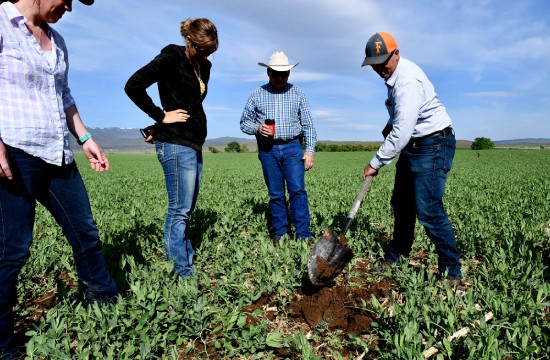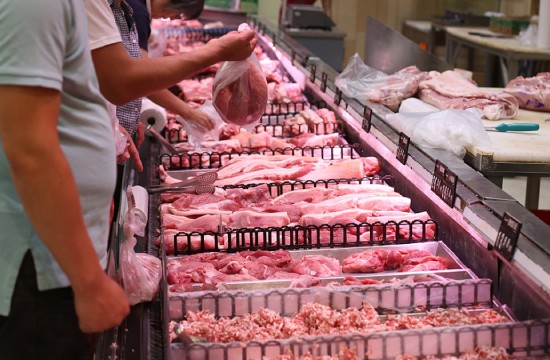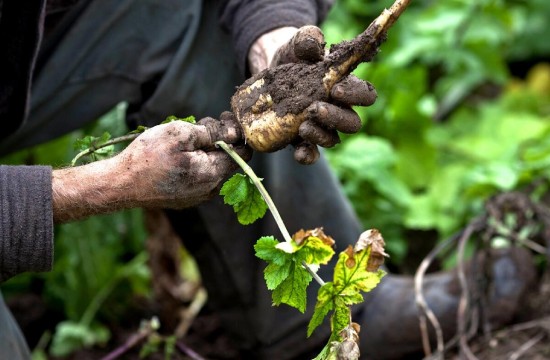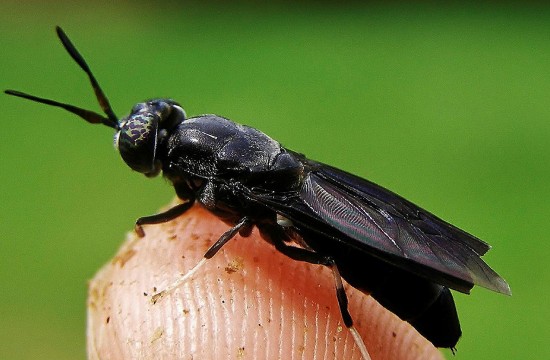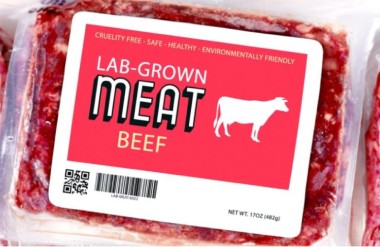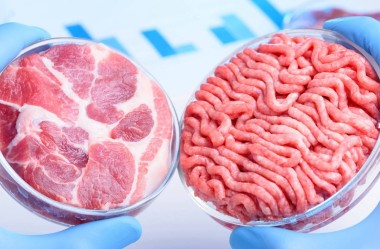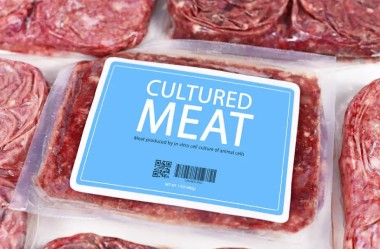Vertical farms
Our food system faces complex challenges threatening its ability to nourish a growing population. While new technologies like vertical farms capture our imagination, they might not be the silver bullet we need. Let's delve into some of the problems hindering sustainable food production:
-
High Costs: Vertical farms come with a hefty price tag. The initial investment and operational expenses can be significantly higher than traditional farming.
-
Energy Drain: These indoor operations require substantial energy to power artificial lights, climate control systems, and other equipment. This can lead to a high carbon footprint, negating the environmental benefits often associated with local food production.
-
Limited Capacity: While vertical farms might be suitable for growing greens and herbs, they struggle to replicate the natural environment needed for many crops. This limits the variety and quantity of food they can produce, making them unlikely to replace traditional farms.
-
Misplaced Focus: The concern over "food miles" might divert attention from more significant issues. Transportation contributes a smaller share of greenhouse gas emissions in agriculture compared to factors like deforestation and certain farming practices.
These challenges highlight the need for alternative solutions. Investing in advancements like drip irrigation, sustainable grazing methods, and on-farm nutrient recycling could yield more promising results. Supporting organic farming and high-precision agriculture promises a more secure and sustainable food future.
Cellular Meat
- Cellular meat is a promising technology with the potential to revolutionize the meat industry.
- Research is ongoing, but some companies are already producing small quantities of cellular meat for consumption.
- However, it's still in its early stages, and there are challenges to overcome before it becomes widely available and affordable.
Inputs and Hormones
- Cellular meat is produced by feeding animal cells a nutrient solution that allows them to multiply and differentiate into muscle and fat cells.
- Ideally, this solution would be free of hormones or antibiotics.
- Research is ongoing to develop completely animal-free solutions, but some currently use fetal bovine serum (FBS) derived from cows.
Energy Consumption and Infrastructure
- The energy consumption of cellular meat production is a topic of debate.
- Some studies suggest it could be lower than conventional meat production, while others indicate it might be higher in the initial stages.
- New technologies and advancements are likely to improve efficiency over time.
- Cellular meat production requires specialized facilities and equipment, representing an infrastructure investment.
Organic Farming vs. Cellular Meat
- Cellular meat and organic farming address different concerns within the food system.
- Cellular meat offers the potential for meat production with a lower environmental footprint.
- Organic farming focuses on sustainable agricultural practices and avoiding synthetic fertilizers and pesticides.
Should We Stop Working on Organic Farming?
- No. Both cellular meat and organic farming have roles to play in a more sustainable food system.
- Cellular meat might not appeal to everyone who prefers traditionally raised food.
- Organic farming promotes biodiversity, soil health, and animal welfare, all essential aspects of a sustainable food system.
The Future of Food
Cellular meat and organic farming are not mutually exclusive solutions. They can co-exist and complement each other, offering consumers a more comprehensive range of choices that align with their values and preferences. The focus should be on developing a diverse and sustainable food system that meets the needs of a growing population.

